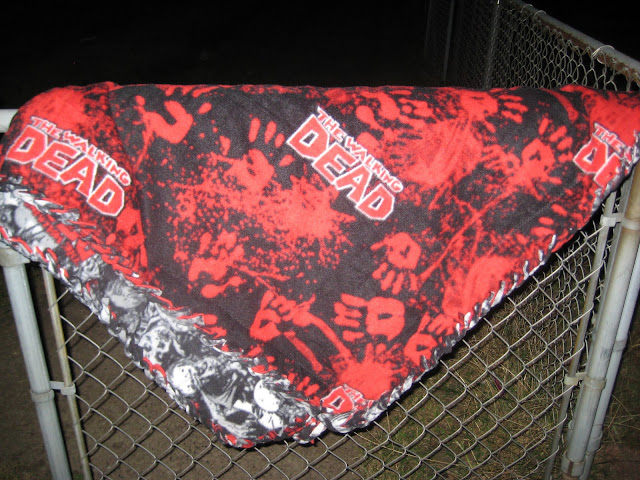This is my first mosaic quilt. This is on one side of a baby quilt.
The image of our friend's toddler is easier to see when the image is small or the quilt is farther away.
The other side of the mosaic quilt has three butterflies and a caterpillar.
The purple border around the butterflies has heart stitches.
The wings of each butterfly have a different designer stitch. This is one is a vine with leaves. The butterfly heads and bodies are trapunto.
This butterfly has bows on its wings.
This butterfly has arrows.
The image of our friend's toddler is easier to see when the image is small or the quilt is farther away.
Up close, the mosaic looks like a jumble of small blocks and the face if harder to see.
The purple border around the butterflies has heart stitches.
The wings of each butterfly have a different designer stitch. This is one is a vine with leaves. The butterfly heads and bodies are trapunto.
This butterfly has bows on its wings.
This butterfly has arrows.















































